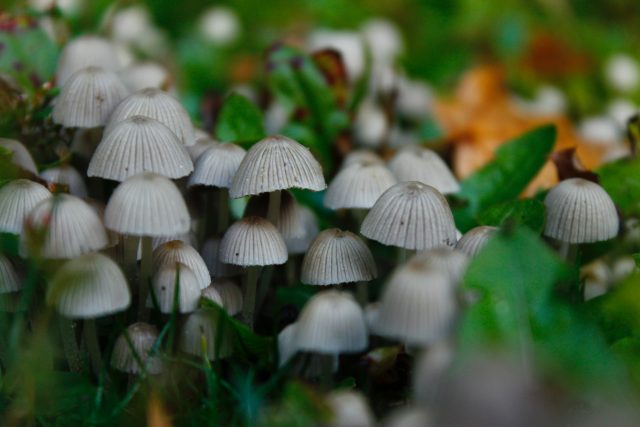The use of psychoactive mushrooms is not new. It has been around for centuries. Historical shreds of evidence show that psychoactive mushrooms have been well-known for their ceremonial and medical uses across many countries, including the USA and Europe. Whereas according to some historians, numerous North African cultures as old as 9000 B.C used psychoactive mushrooms. The Aztecs believed that psychoactive mushrooms were teonancatl, which is translated as flesh of gods.
Psychoactive mushrooms were added in morning glory seeds, peyote, and various naturally-occurring psychotropics to produce vision, cause trance, and for the communication with gods. Yet the concept of psychoactive mushrooms being popular in the past is debatable. According to one school of thought, all the evidence is unreliable, and that ancient paintings are open to people’s interpretation. But some tribes in Central America, including Mixtec, Zapatec, Mazatec, and Nauhua, have been proven to be using psychoactive mushrooms.
By 1950, people began to eat psychoactive Mushrooms. Despise their illustrious past, psychoactive mushrooms started to gain attraction again in 1957 after LIFE Magazine published a photo essay of R. Gordon Wasson, a banker, and a mycologist . 4 years prior to the publishing, Wasson went on vacations in Mexico were encountered a native tribe that used psychoactive mushrooms. He participated in the ceremony, which was held by the Mazatec tribe. These findings lead Wasson to write an article about psychoactive mushrooms that were published by LIFE magazine. The title of the article was “Seeking the Mushrooms” On his return, Wasson brought psychoactive mushrooms as a prototype and forwarded it to the Swiss chemist, namely Albert Hofmann, who was famous for his discovery of Lysergic acid diethylamide (LSD). By the isolation of psilocybin, the synthesis of psilocybin was developed by Hofmann at Sandoz pharmaceuticals, followed by the production of pills of 2 mg for further studies. The study proceeded in the form of experiments at Harvard University by Timothy Leary, who was quite a popular advocate of psychotropic drugs, including LSD.

In the upcoming 20 years, countless studies and cynical experiments had been done on psilocybin. During the 1970s, psilocybin got banned for any sort of use other than medical research. In 2018, permission was granted to Compass Pathway by the Food & Drug Administration for studying psychoactive mushrooms as a cure for depression. Researchers and mental health professionals examined psilocybin as a cure for multiple psychiatric disorders such as schizophrenia, obsessive-compulsive disorder (OCD), alcoholism, depression, and autism spectrum disorders. Furthermore, the use of psilocybin continued to expand and reached religious people. Soon, it became a major part of their spiritual practices. They used it to discover different ways for emotional and mental well-being and to improve creativity and wellness.
Since 1970, regardless of the extensive history, countless experiments, and never-ending researches of psilocybin to explore its medical and therapeutic advantages, psilocin and psilocin were registered in Controlled Substances Act Schedule I, which is the most outlawed category for drugs. The drugs in this category are known for having extreme possibilities of abusing, whereas none of the medical advantages have been acknowledged. Nevertheless, in the case of psilocybin, noteworthy proof can be found for both matters.


